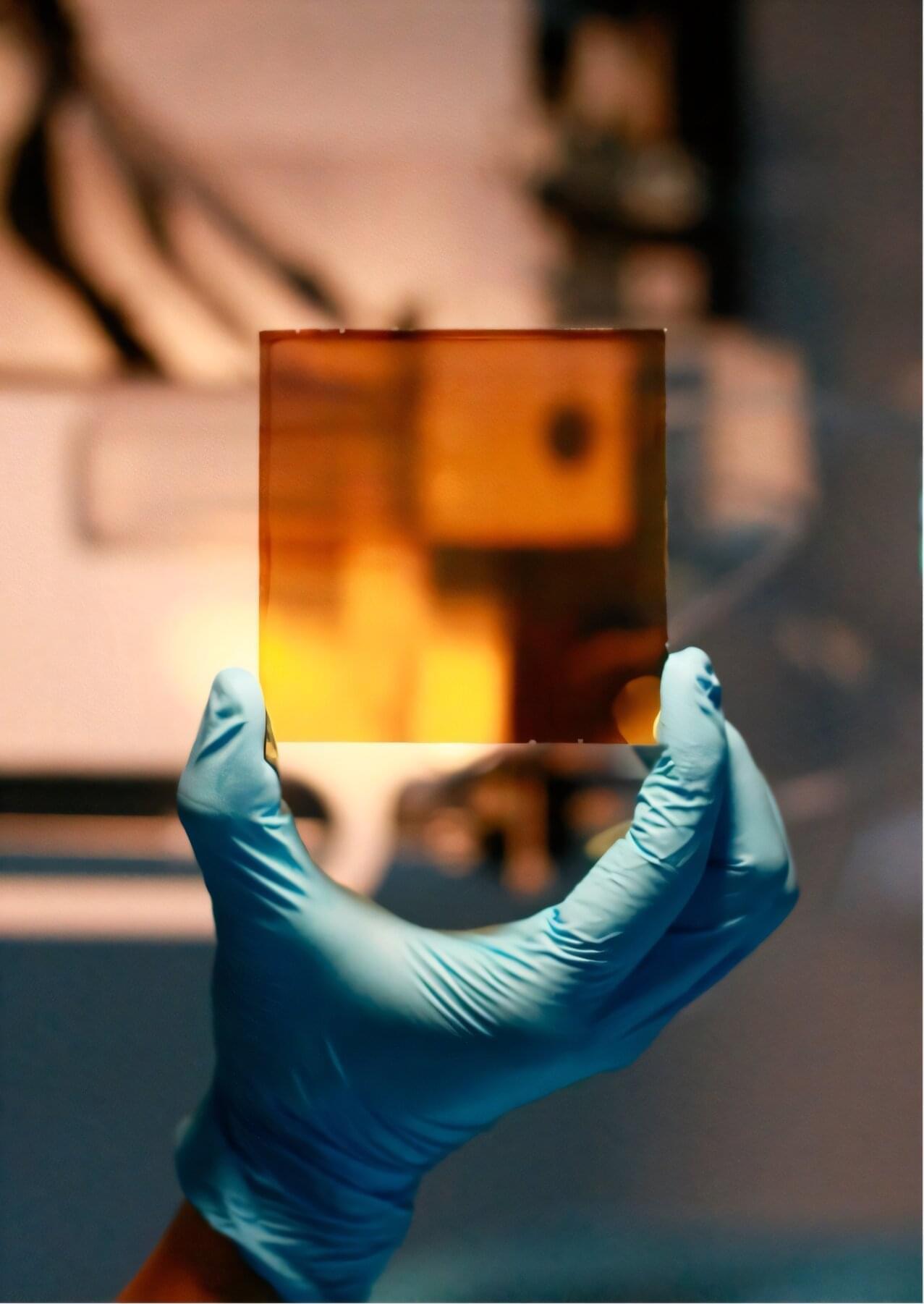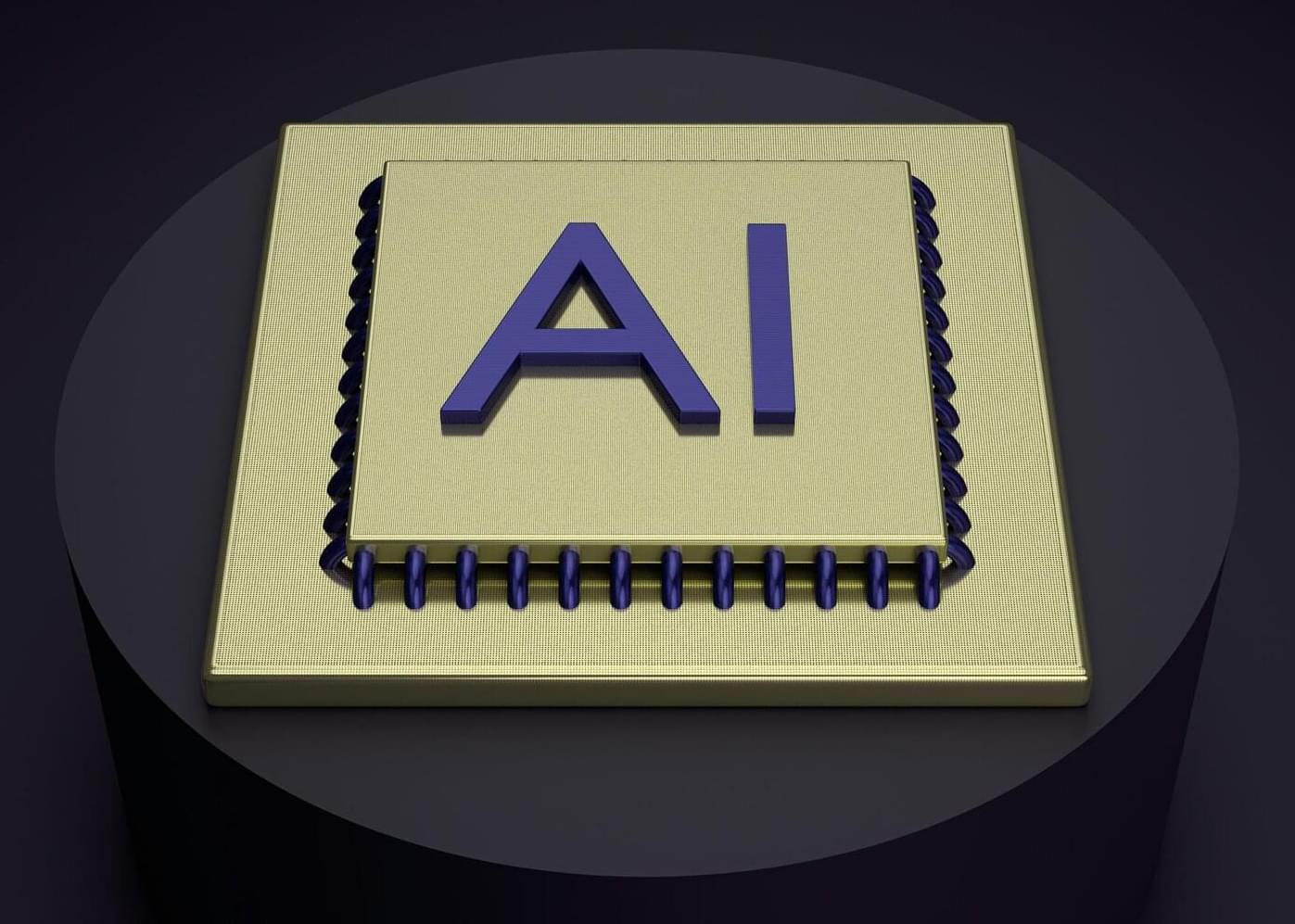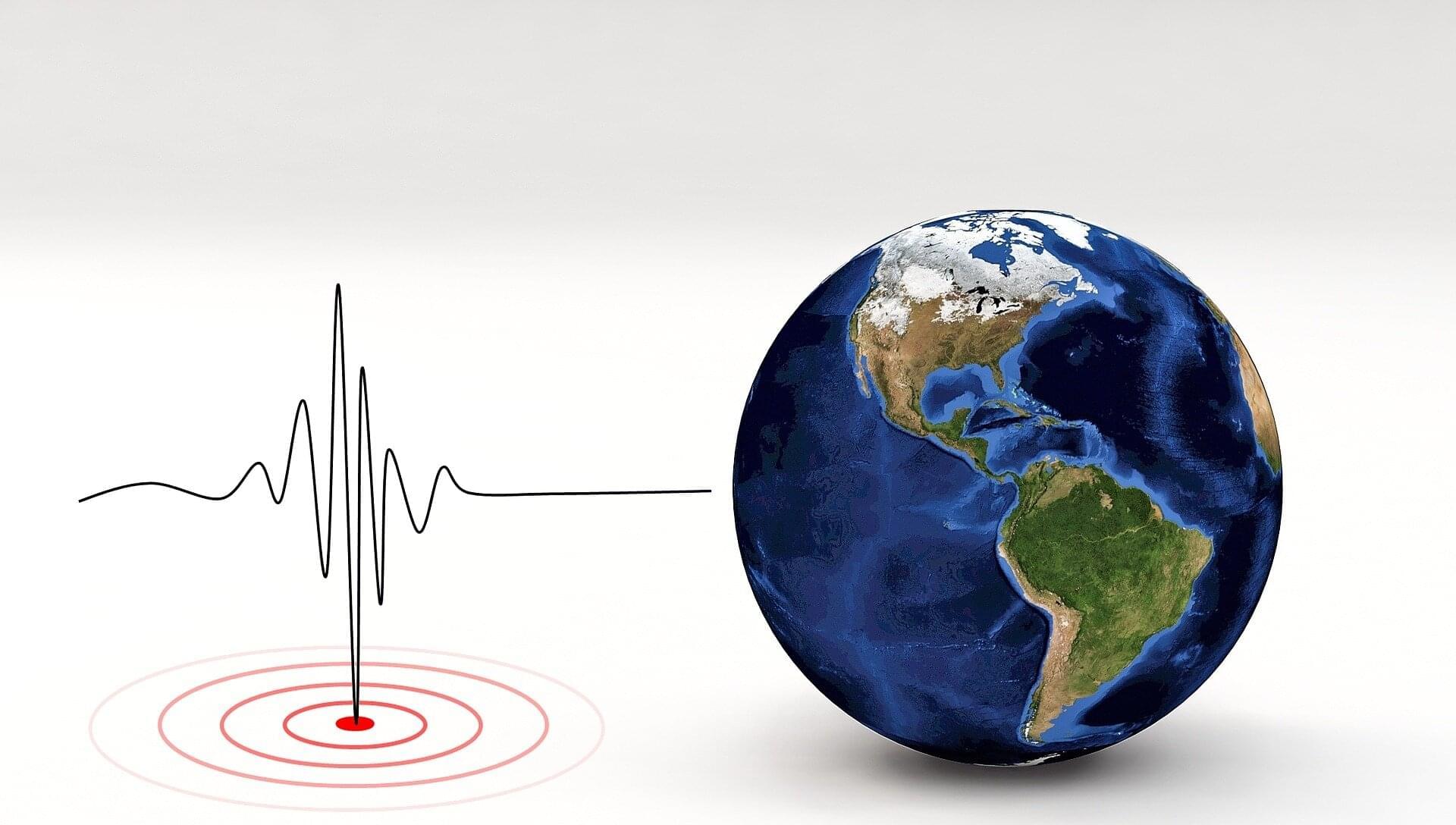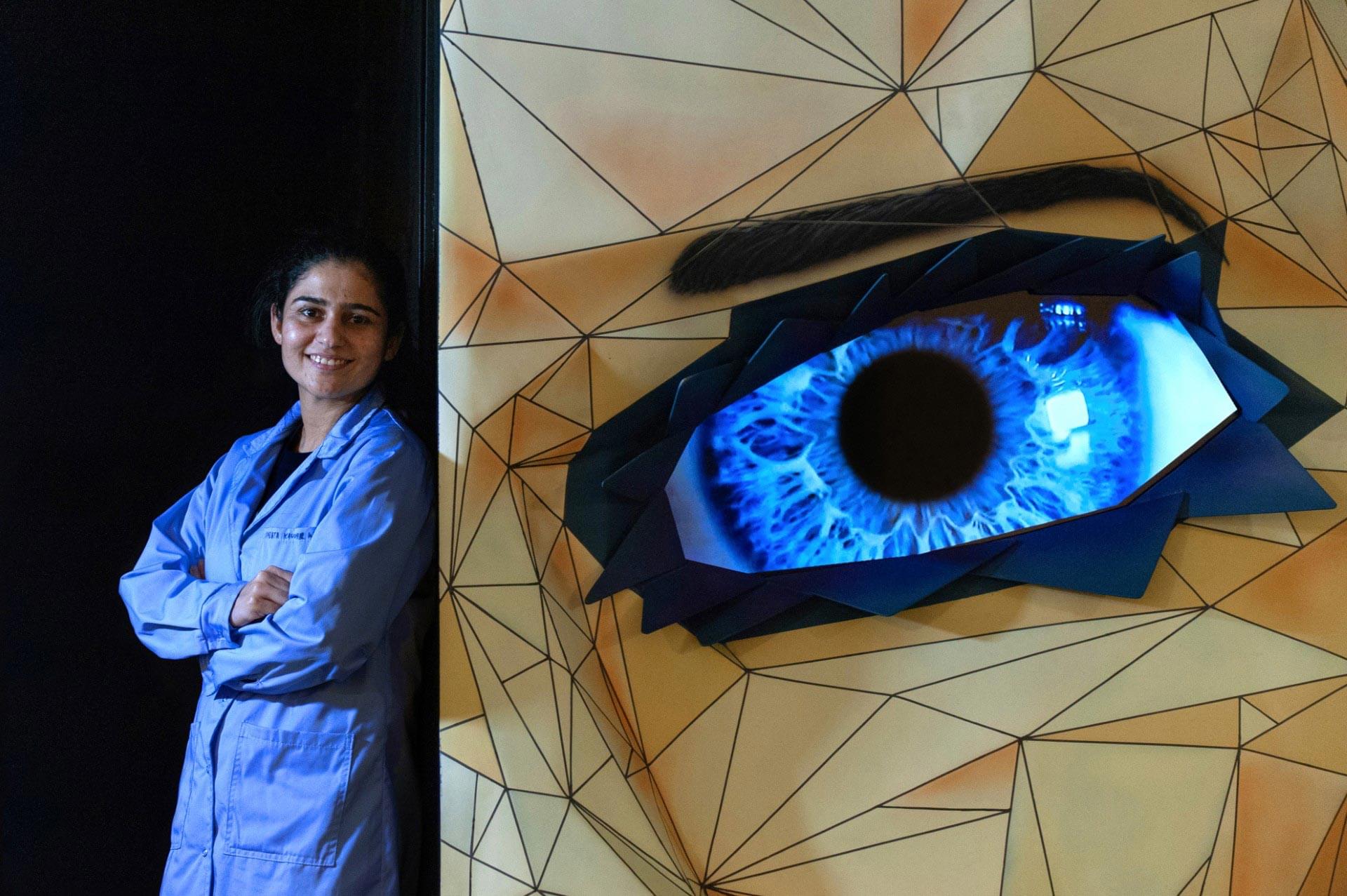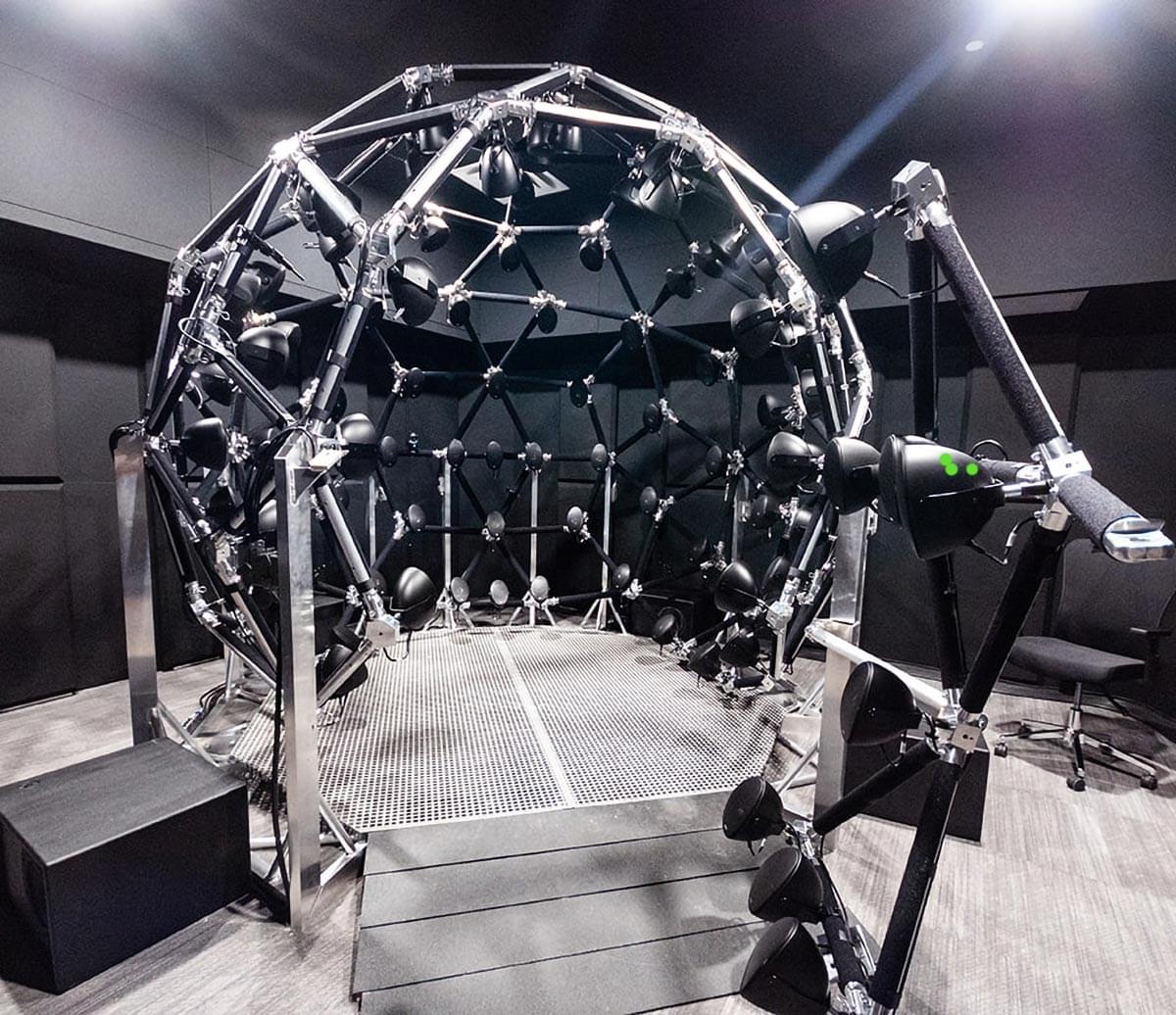Compared to other animal species, humans can plan and execute highly sophisticated motor tasks, including the ability to write complex characters using their hands. While many past studies have tried to better understand the neural underpinnings of handwriting and other complex human motor capabilities, these have not yet been fully elucidated.
Past studies showed that the motor cortex plays a crucial role in the human ability to translate intentions into actions. Yet the processes via which it enables the execution of precise and sequential movements, such as those associated with handwriting, are poorly understood.
Researchers at Zhejiang University in China recently carried out a study aimed at further exploring the role of the human motor cortex in the encoding of intricate handwriting, such as Chinese characters. Their findings, published in Nature Human Behavior, suggest that this encoding unfolds via a sequence of stable neural states.

